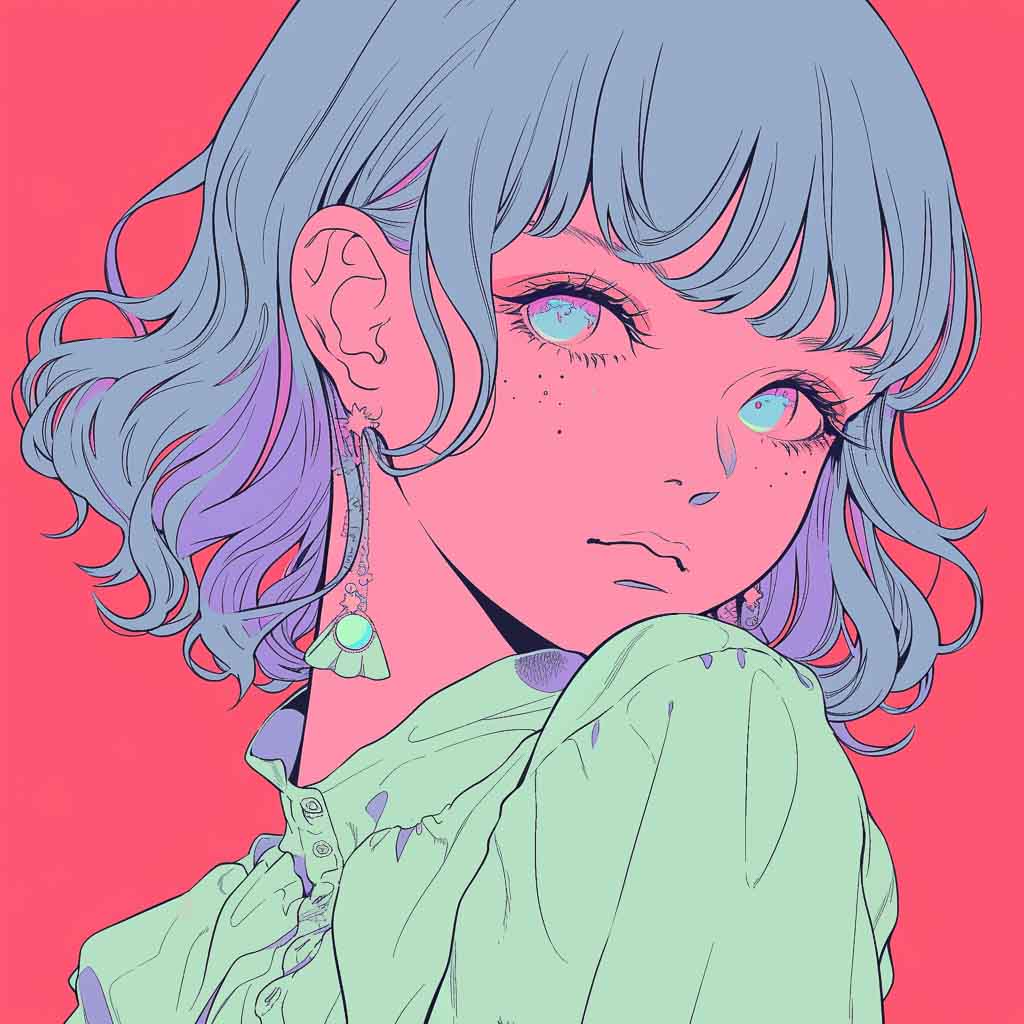Coloring manga pages is more than just filling in the lines; it’s a way to breathe life into every panel, turning simple drawings into vibrant, emotional stories. In this guide, we’ll explore how to color manga pages, covering everything from the basics to more advanced techniques. Whether you’re a beginner or looking to refine your skills, these steps will help you master manga coloring.

Understanding Manga Coloring Basics
Tools and Materials Needed
When diving into the world of manga coloring, artists find themselves at a crossroads, choosing between the tactile experience of traditional mediums and the limitless possibilities of digital tools. Each path offers its unique advantages and challenges, shaping the way the final artwork emerges.
Traditional Tools
Traditional manga coloring involves using physical materials such as pencils, markers, and inks. This method allows artists to physically interact with their work, offering a direct and personal touch. Pencils, ranging from soft to hard, provide varying shading and texture. Conversely, markers offer vibrant colors and smooth application, perfect for bold, dynamic scenes. With their deep blacks and precision, inks bring sharpness and contrast to manga art. The tactile nature of these tools requires a steady hand and a keen eye for detail, as mistakes can be harder to correct than in digital coloring. However, many artists find the physical process of coloring with these tools deeply satisfying, as it connects them to traditional art practices.
Digital Tools
The digital route, utilizing software such as Krita (free), Clip Studio Paint, Photoshop, or Procreate, opens up a vast array of coloring options with a mouse’s click or a stylus’s swipe. Digital coloring allows for easy corrections, layer management, and an endless spectrum of colors that can be adjusted to the artist’s whim. Software features like gradient fills, custom brushes, and texture overlays enable artists to achieve effects that would be time-consuming or even impossible with traditional tools. Additionally, digital tools can simulate traditional mediums, offering artists the best of both worlds. The ability to undo mistakes or experiment without consequence encourages creativity and exploration, making it an attractive option for beginners and professionals.
Choosing the digital route may mean picking up a drawing tablet or surface such as Wacom or XP Pen.
Choosing between traditional and digital coloring often comes down to personal preference, the project’s desired outcome, and the artist’s comfort level with each medium. Many artists also blend the two, sketching and inking traditionally before scanning their work for digital coloring, thus combining the tactile satisfaction of traditional art with the flexibility and precision of digital techniques.
The Role of Color in Manga
But why focus on color? Colors convey emotions, set the scene, and tell a story without words. By changing colors, you can transform the mood of a scene completely.
Skin Tones

Skin tones vary widely, and digital art allows for precise representation through an extensive range of colors. Here are a few examples:
- Light Skin Tone: A warm, light skin tone can be achieved with the hex code #FAD4C0, providing a soft, peachy base.
- Medium Skin Tone: For a medium skin tone with a neutral undertone, #D2996C works well, offering a balanced and natural look.
- Dark Skin Tone: A rich, dark skin tone can be beautifully rendered with #8D5524, adding depth and warmth to characters.
Clothing
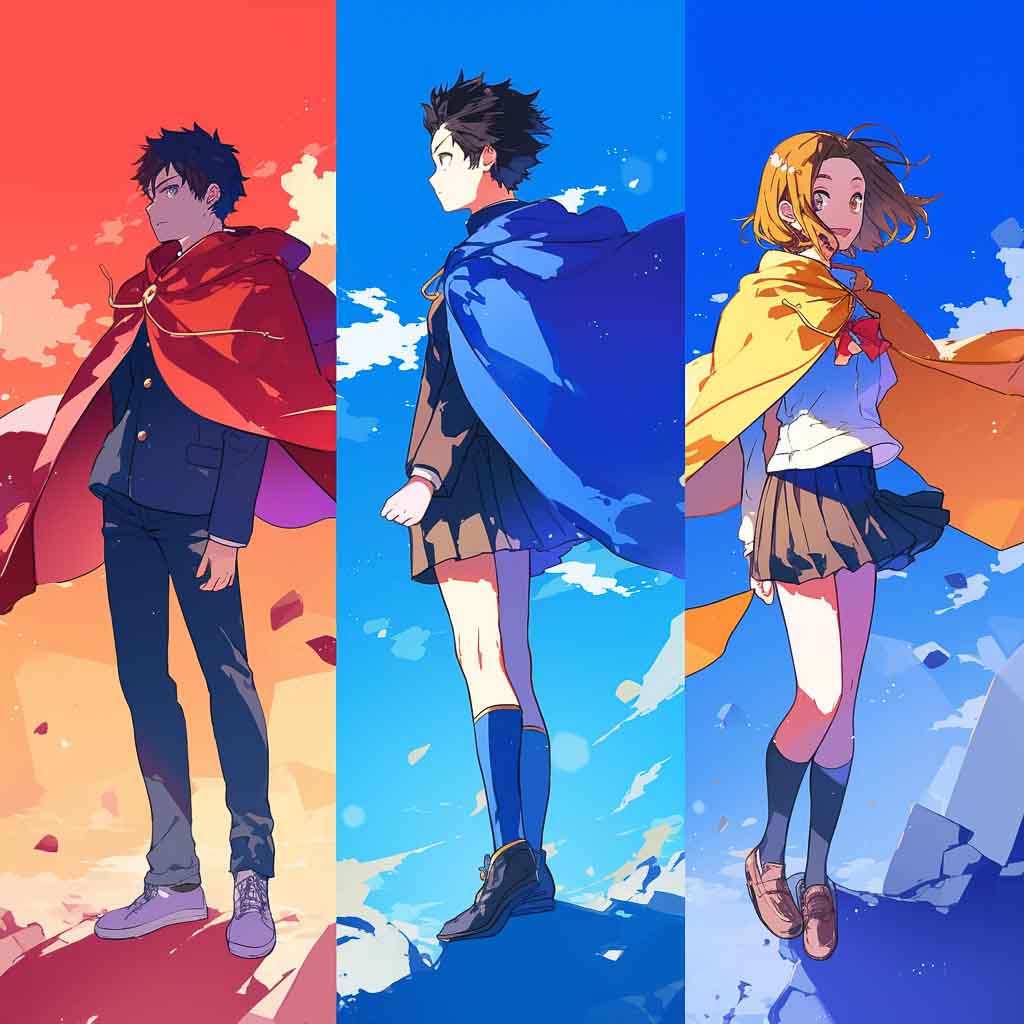
Clothing in manga can be as varied as the characters wearing them. Here are a few vibrant choices:
- Bright Red (Hero’s Cape): A vivid, eye-catching red, such as #FF4136, can bring a hero’s cape to life.
- Deep Blue (School Uniform): A classic school uniform might be represented by #34568B, which is deep enough to suggest formality without overwhelming.
- Sunny Yellow (Casual T-shirt): For a cheerful, casual look, a sunny yellow like #FFD700 can make a character appear more approachable and friendly.
Environmental Elements
The environment setting in manga panels plays a crucial role in storytelling. Here are hex codes for common environmental elements:
- Sky at Noon: The color of the clear sky can be captured with #87CEEB, which is soft and calming.
- Forest Greenery: A lush, vibrant green, such as #228B22, works well for forest scenes, giving a sense of depth and life.
- Night Sky: To depict the vastness of the night sky, #191970 (Midnight Blue) is a perfect choice, deep and mysterious.
Illustrations of the same scene with different color schemes can show the power of color in manga.
Choosing Your Color Palette
Next, choose your color palette carefully. It should reflect your theme and character designs. Drawing your palette on your canvas first can make it easier to access while you color.
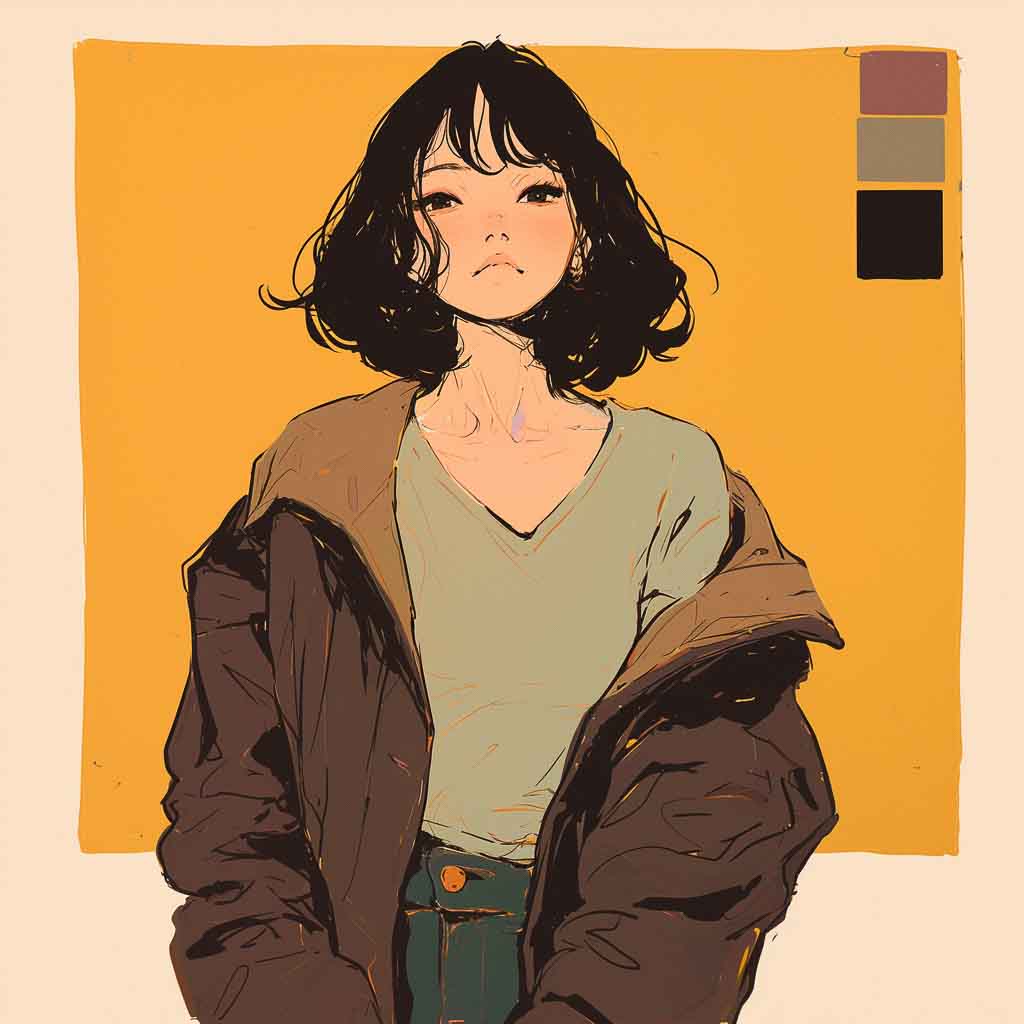
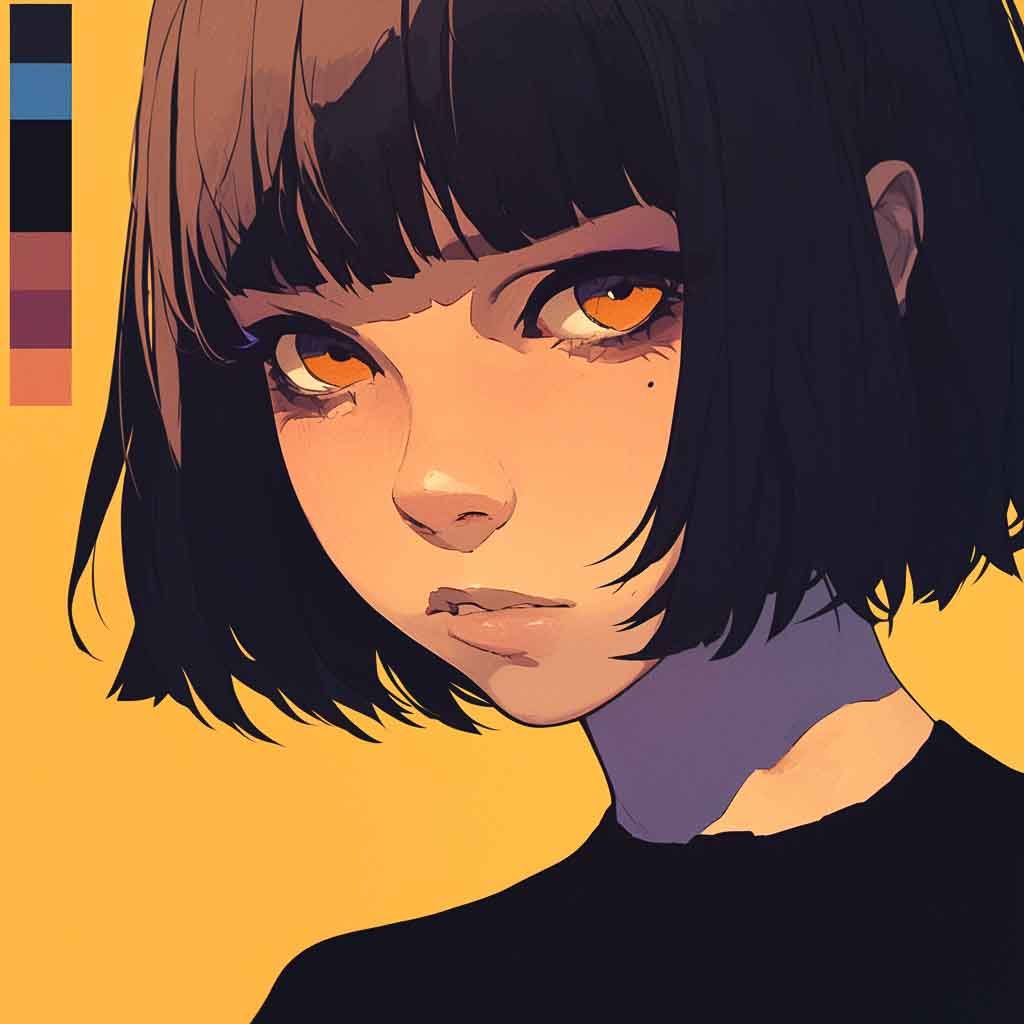
Diverse skintones and fabric types adds realism.
Preparing Your Manga Pages for Coloring
Cleaning and Line Art Preparation
Before coloring, ensure your line art is clean. This might mean digitizing sketches or refining lines on paper. Download and print some of our manga coloring pages to save you time. The line art on our coloring pages is clean and ready for you to practice your coloring skills.
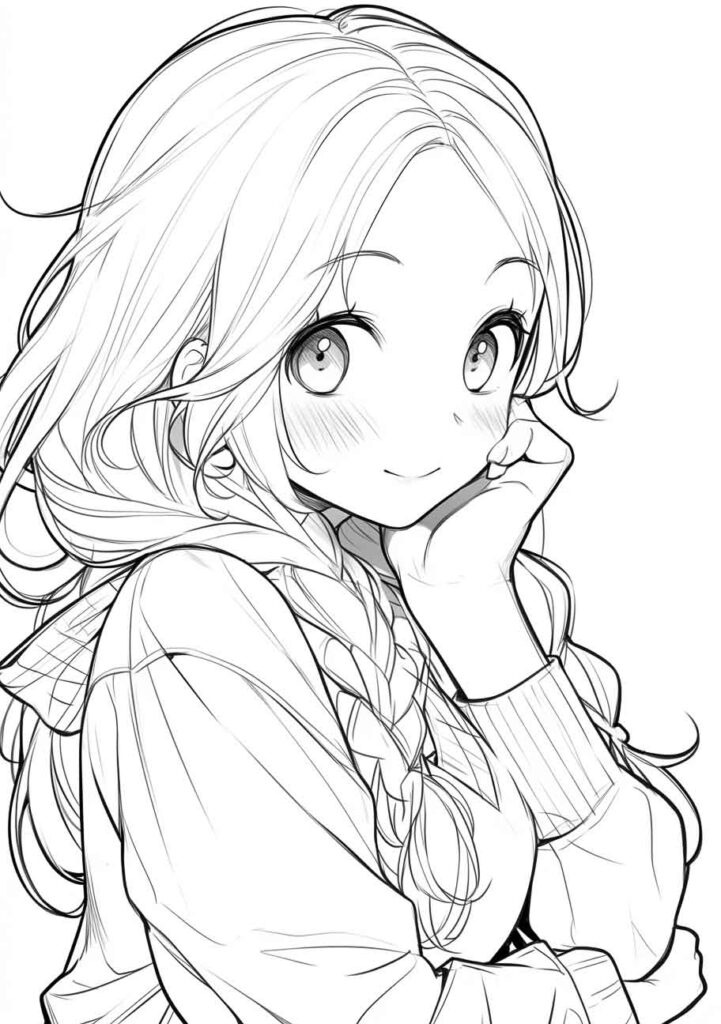
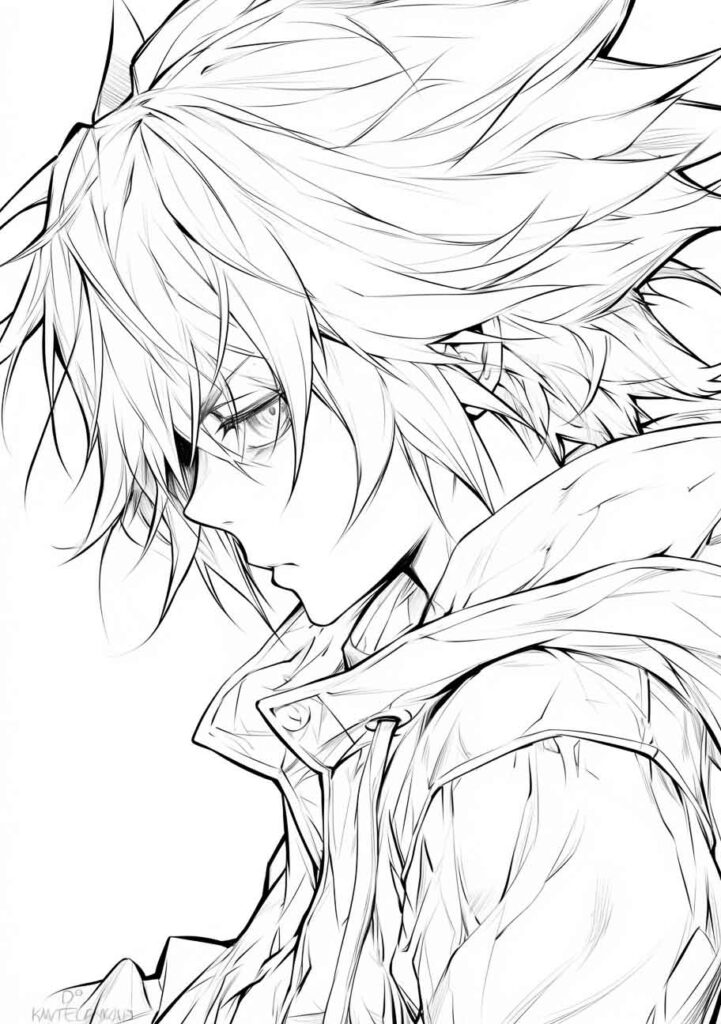
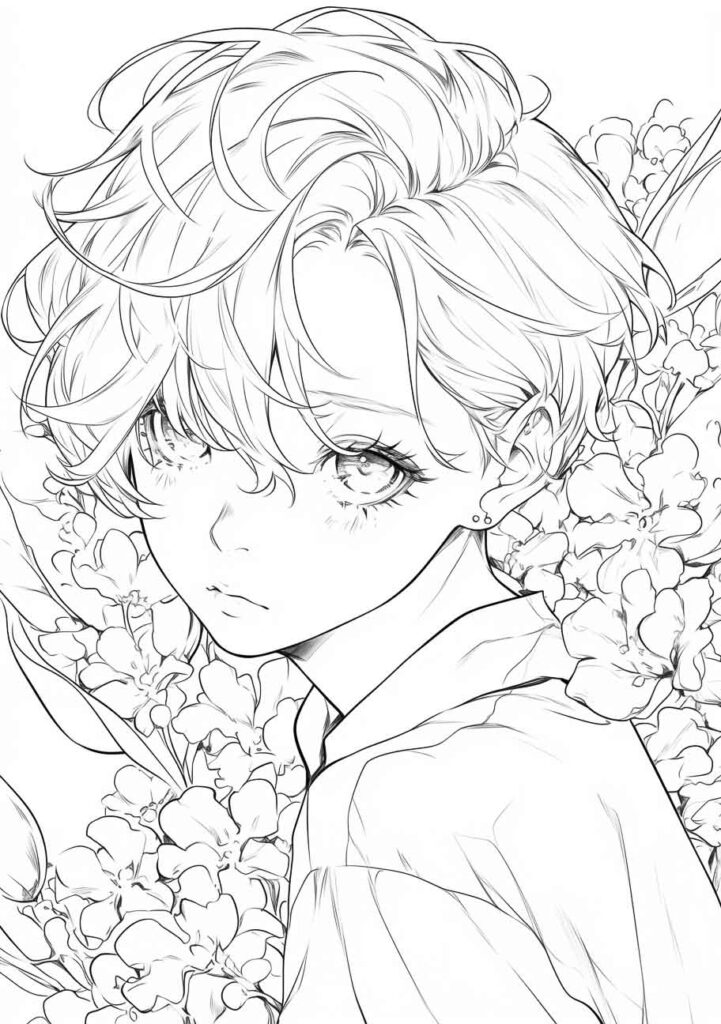
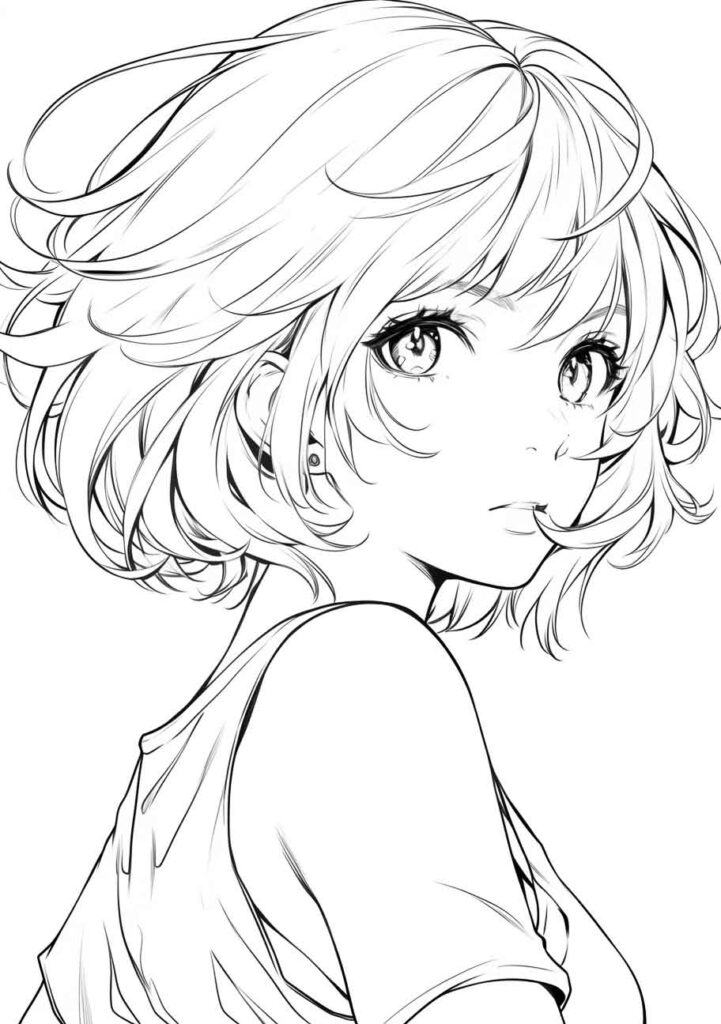


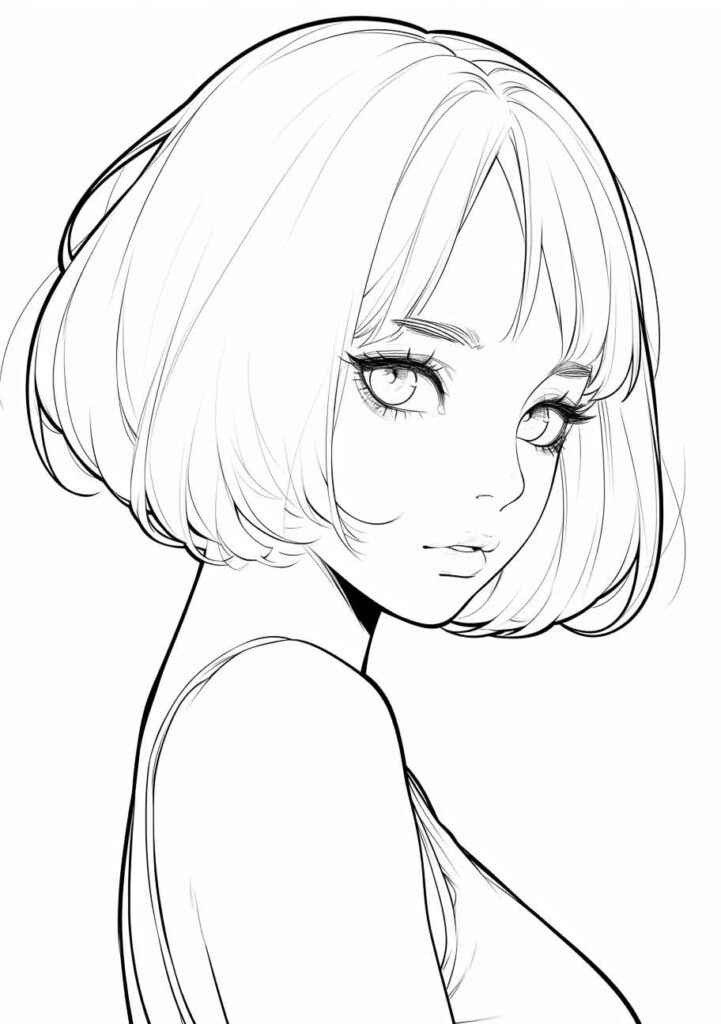
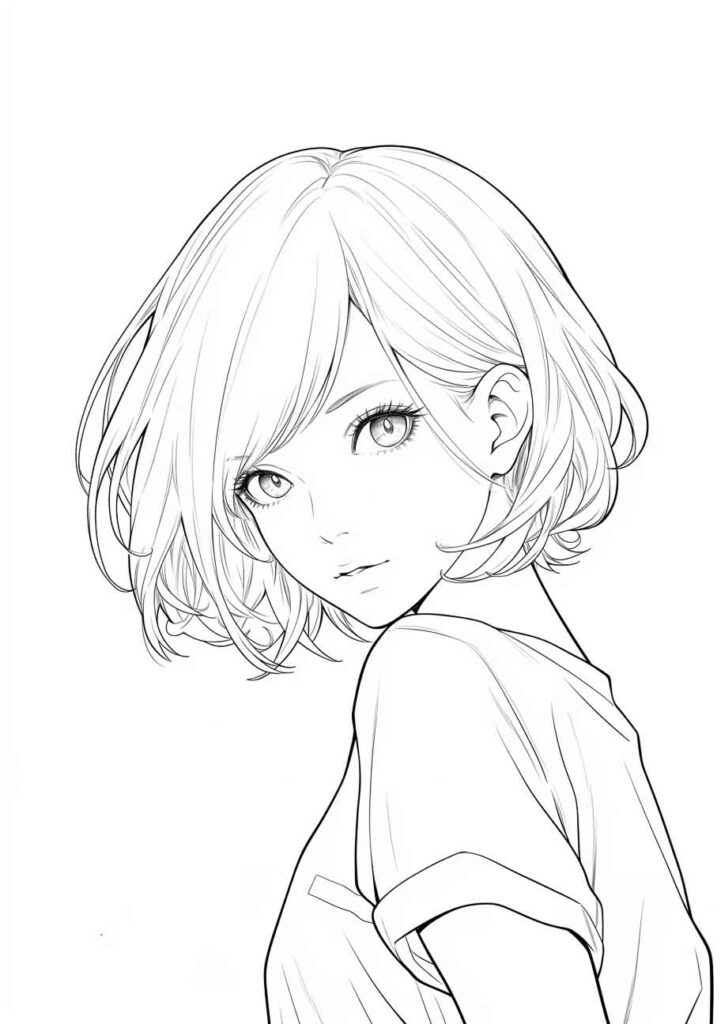
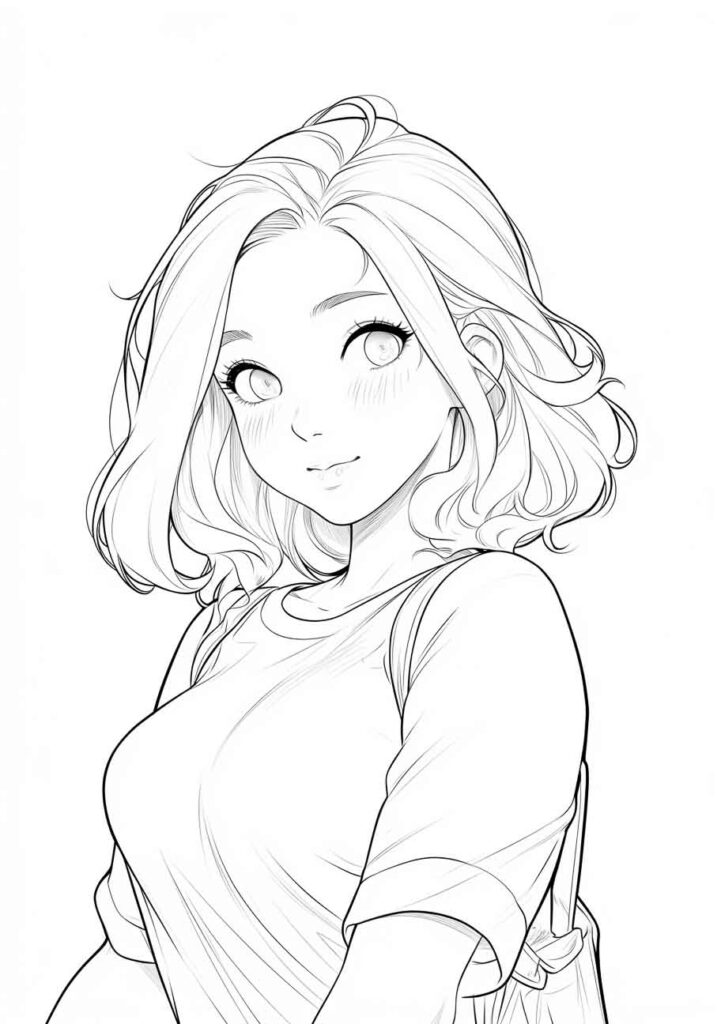
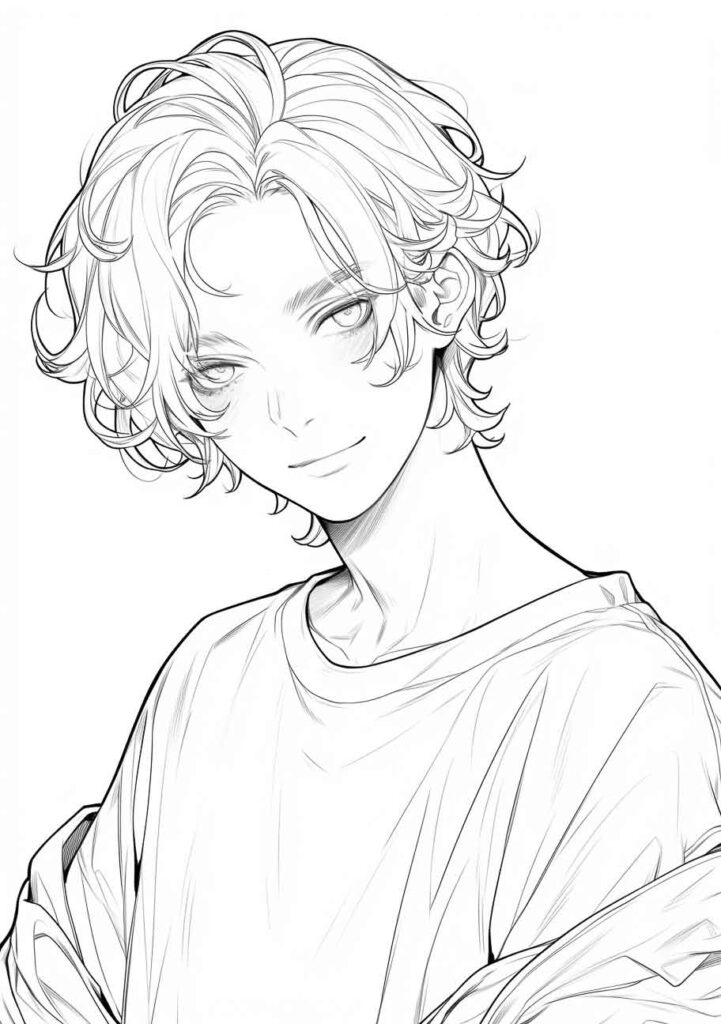
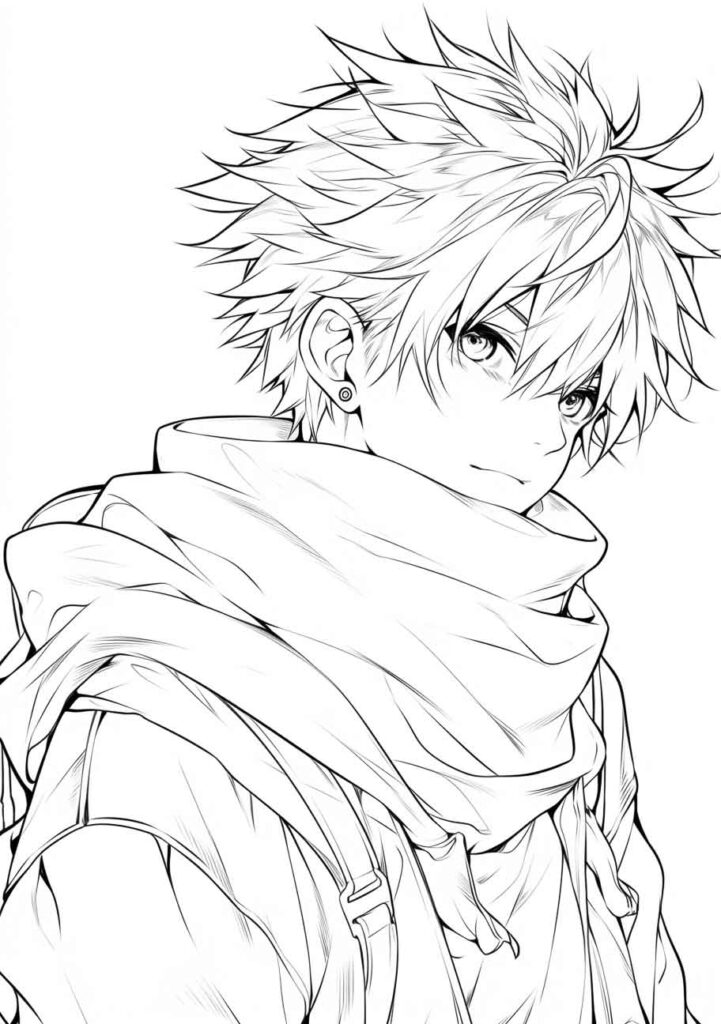
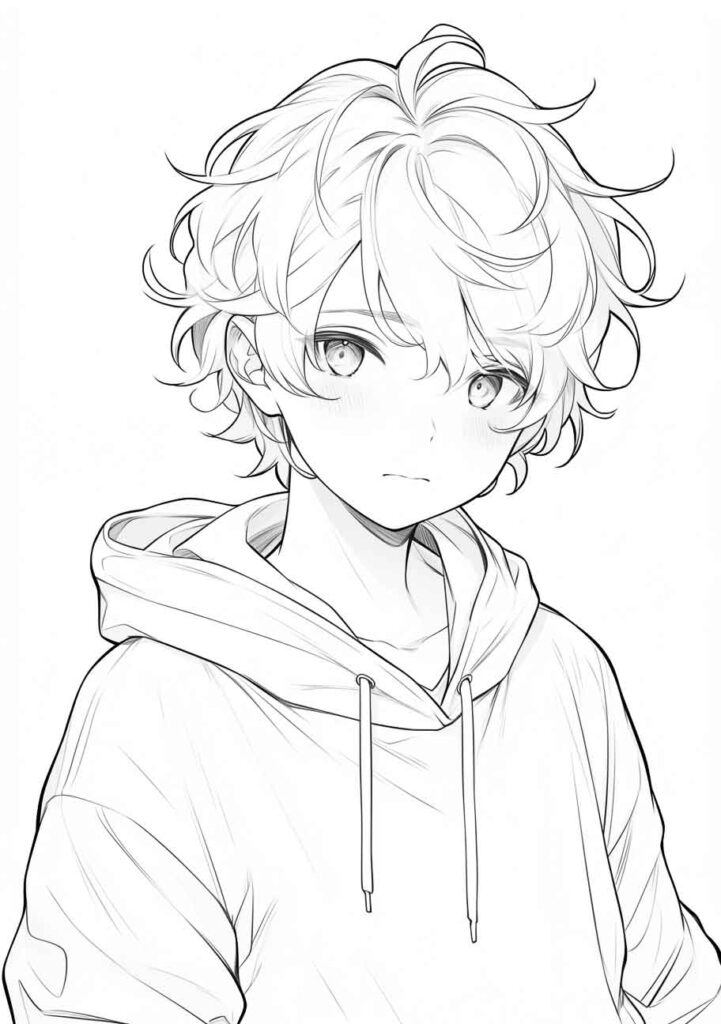
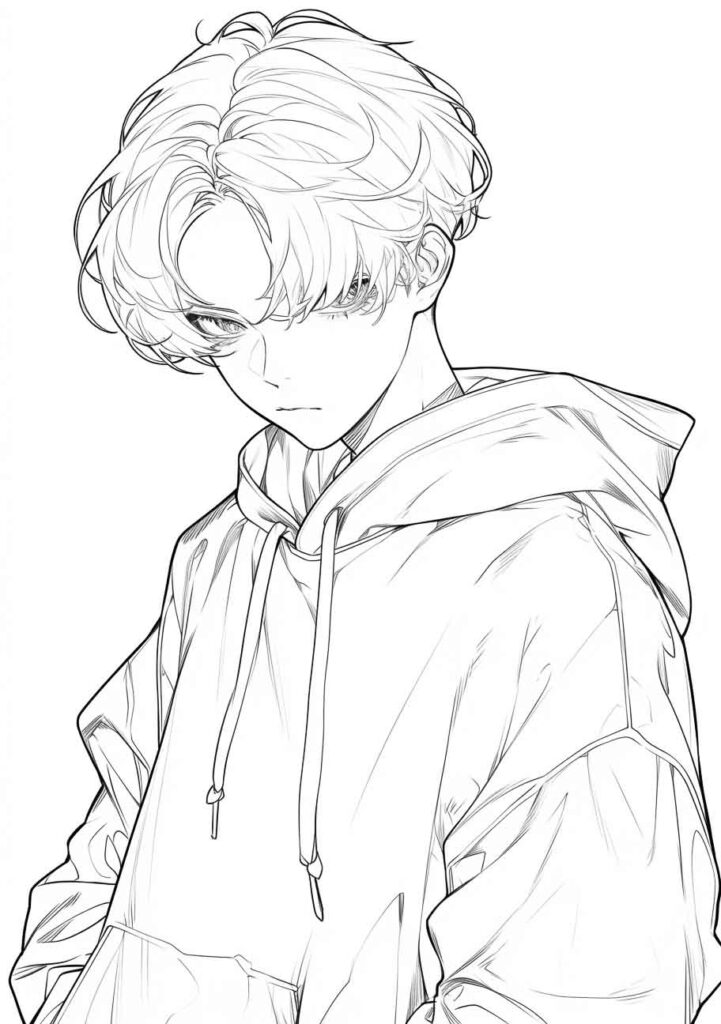
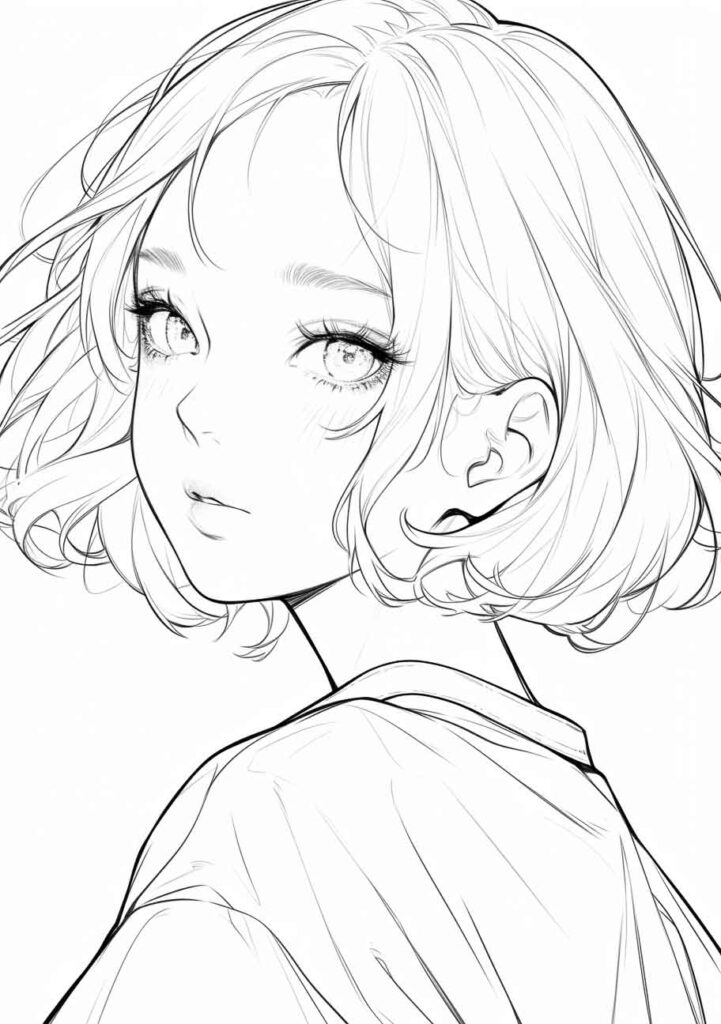
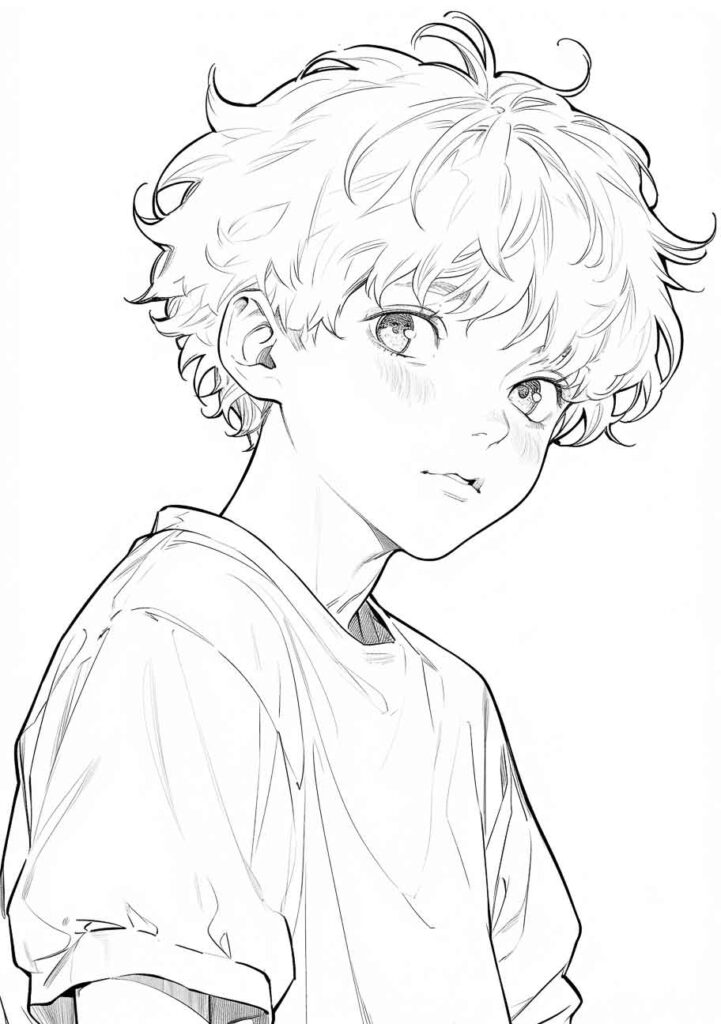
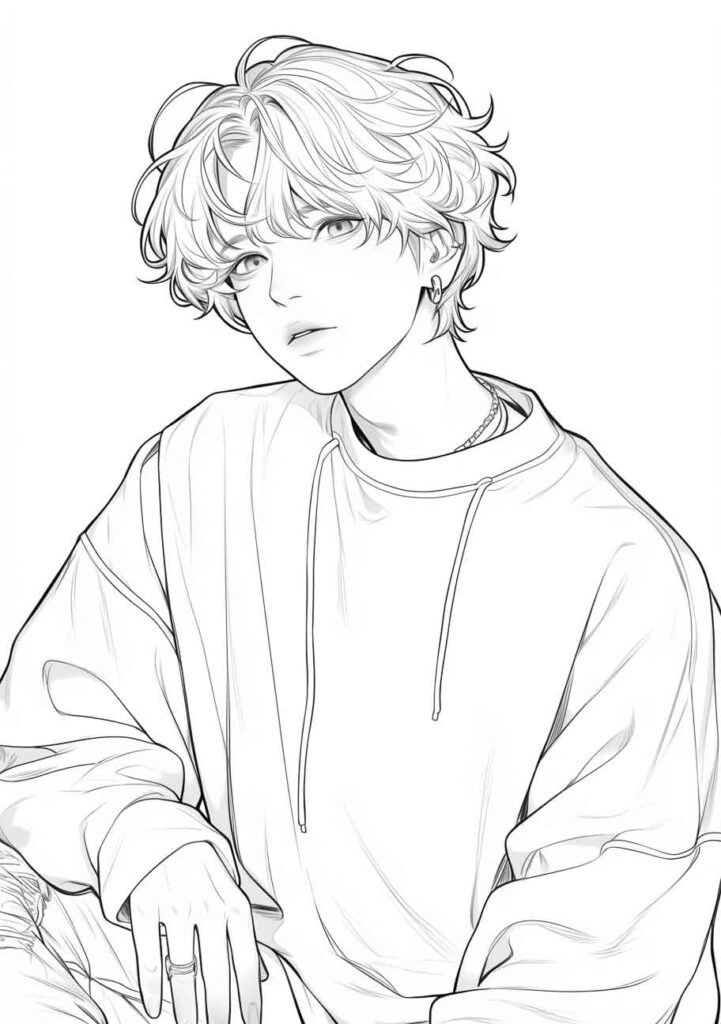
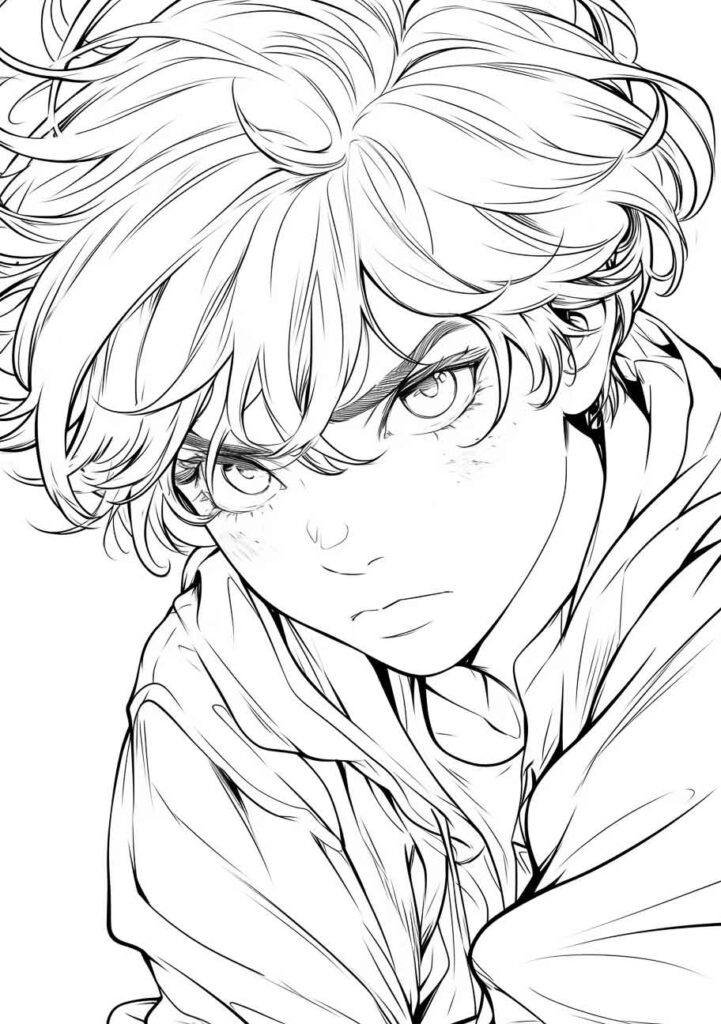
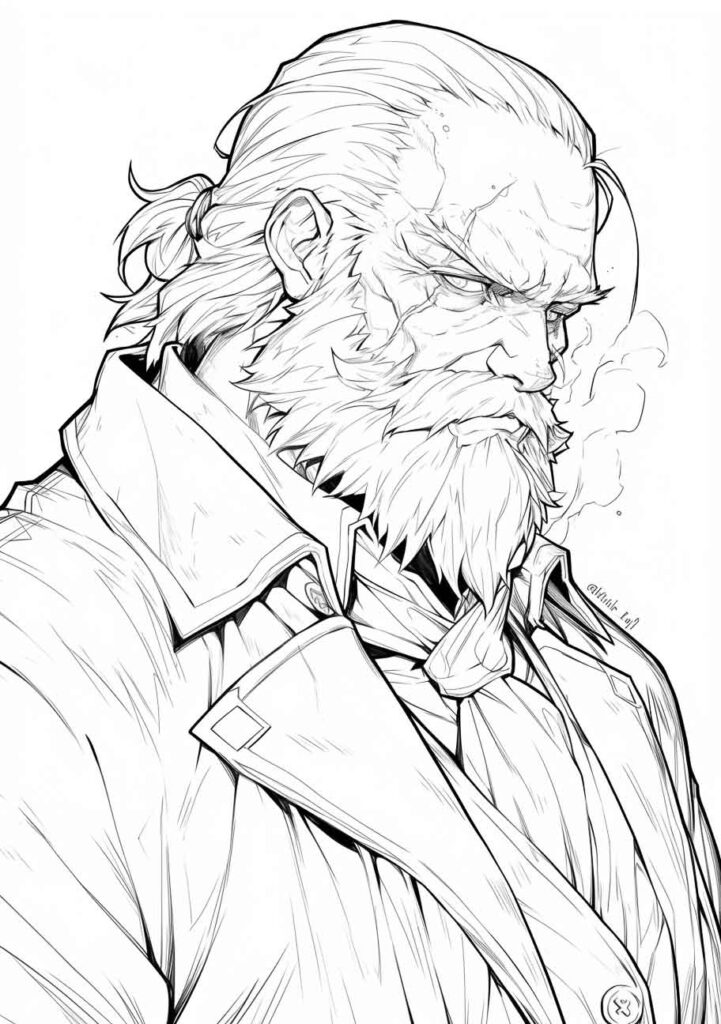
Coloring Techniques for Manga
Basic Coloring Techniques
Start with flat coloring, cell shading, or simple gradients for beginners. Then once you have created something beautiful using one technique, you can move on to try another. How you achieve the result will depend on the tools you’ve chosen, and the materials you are working with.
Flat Coloring
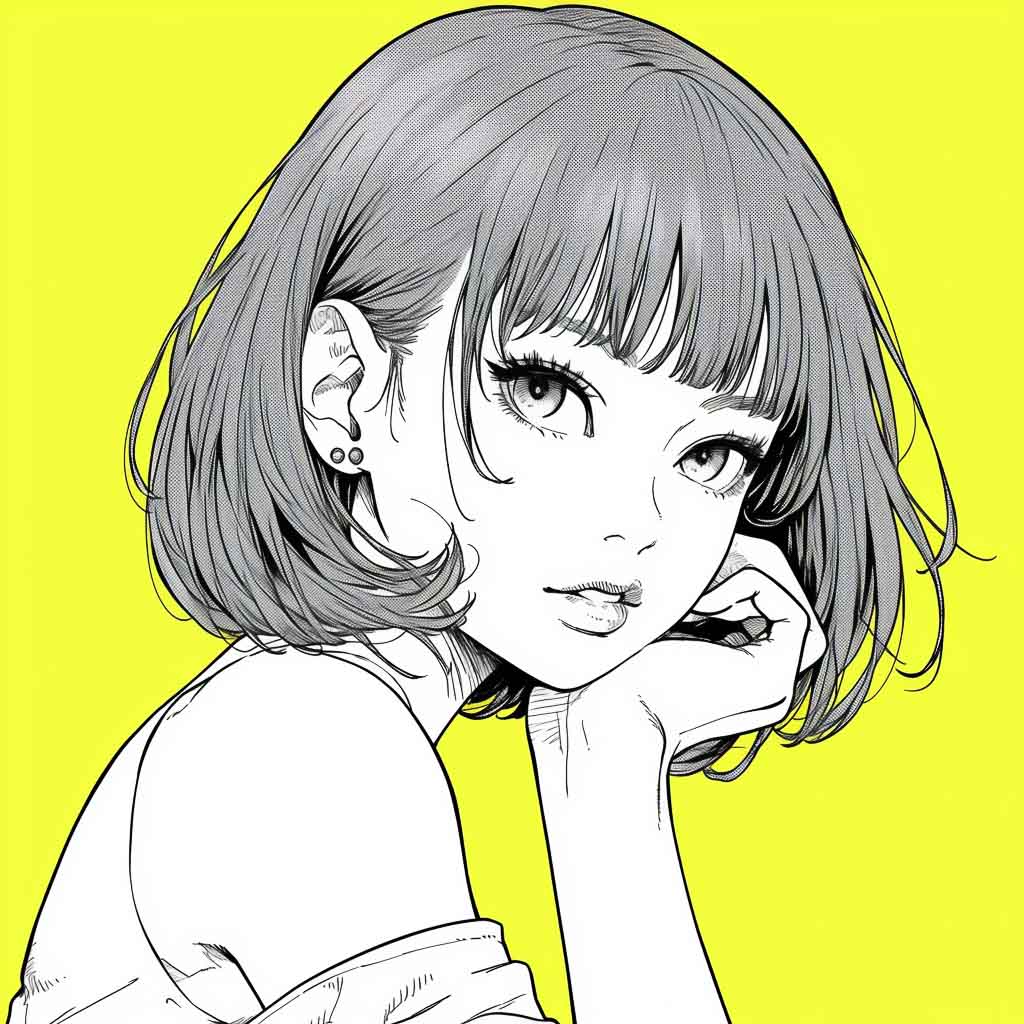
Cell Shading
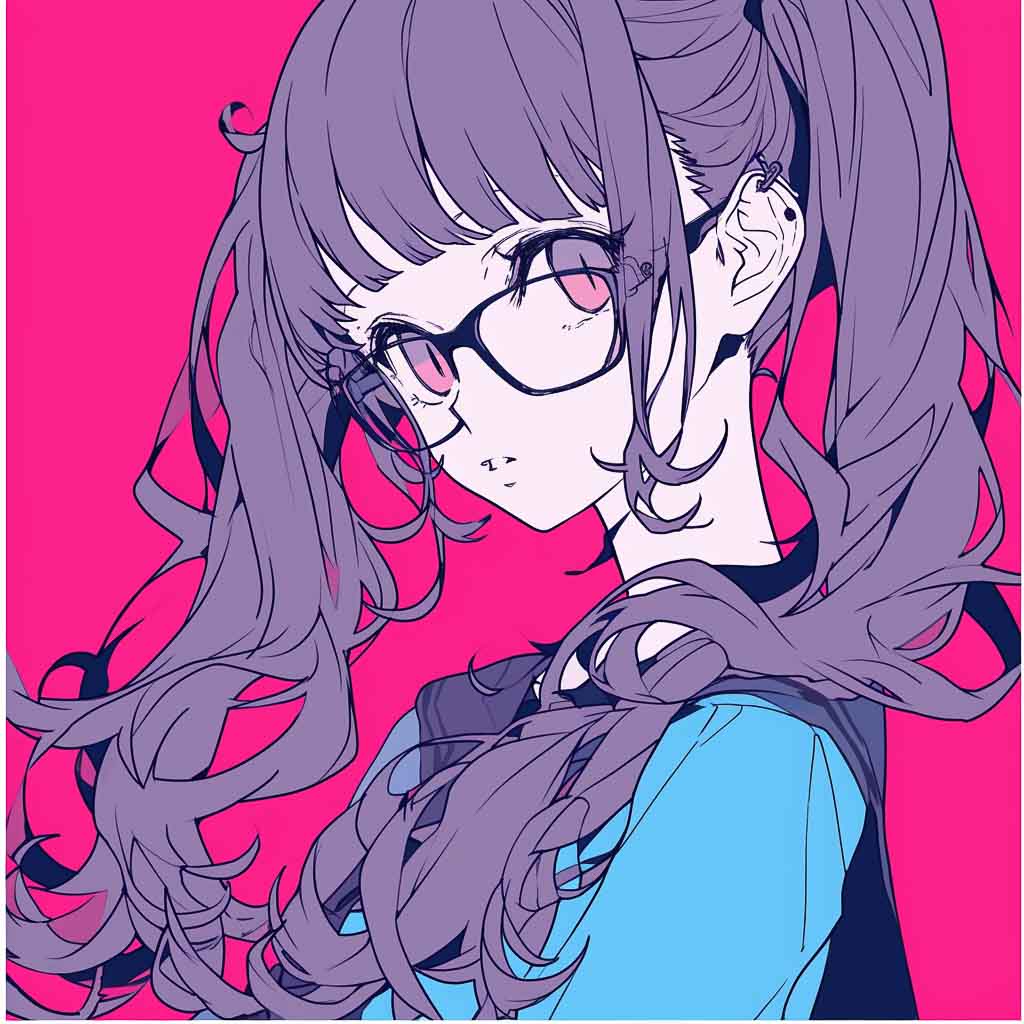
Simple Gradients
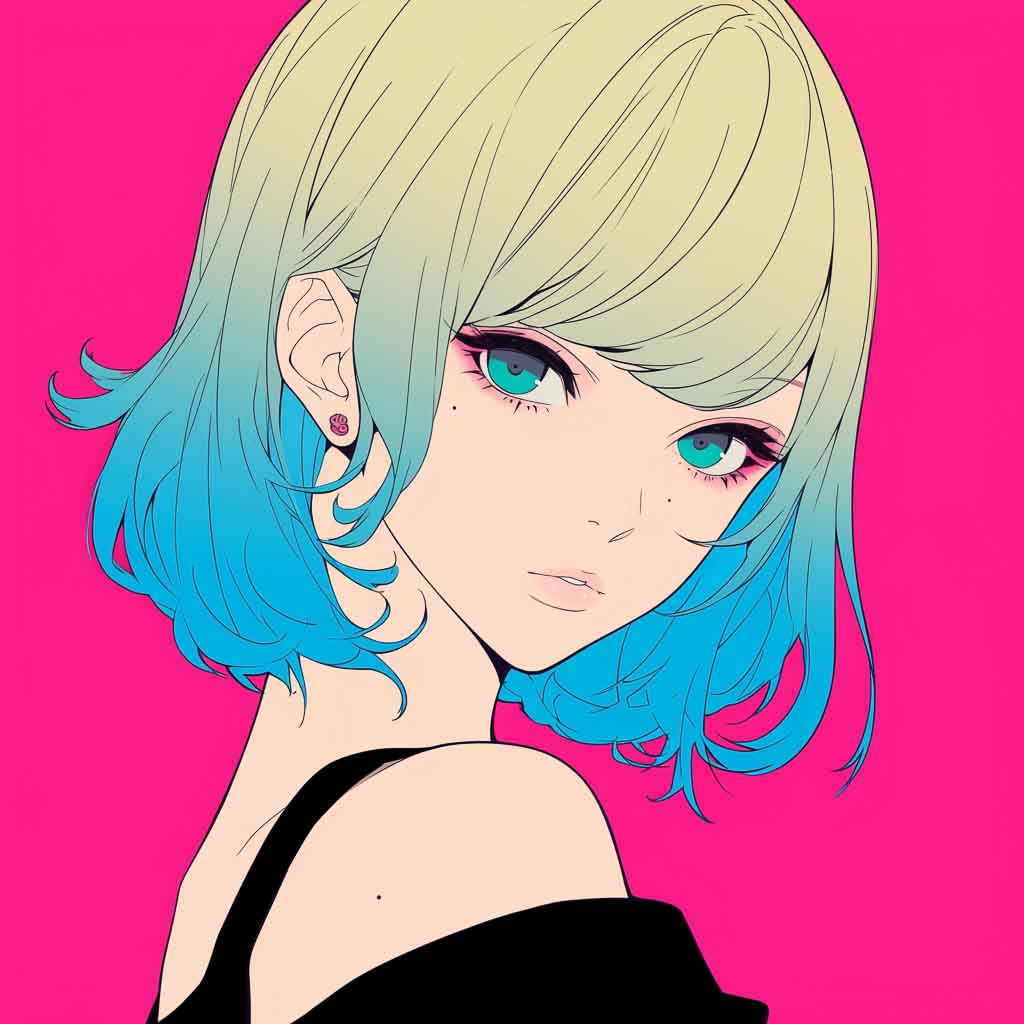
Advanced Coloring Techniques
As you progress, explore detailed shading, lighting effects, and adding textures. Close-ups of advanced techniques on a manga panel can inspire and instruct on creating depth and realism.
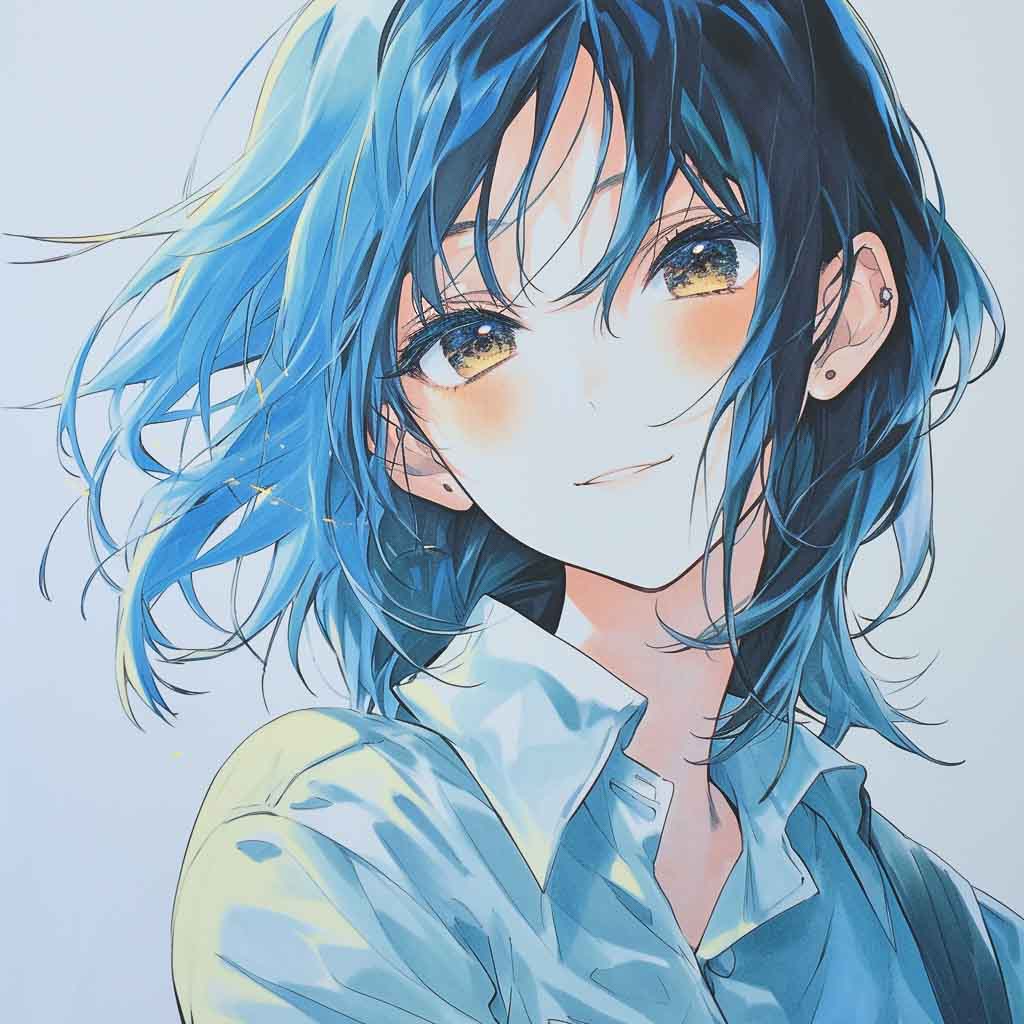

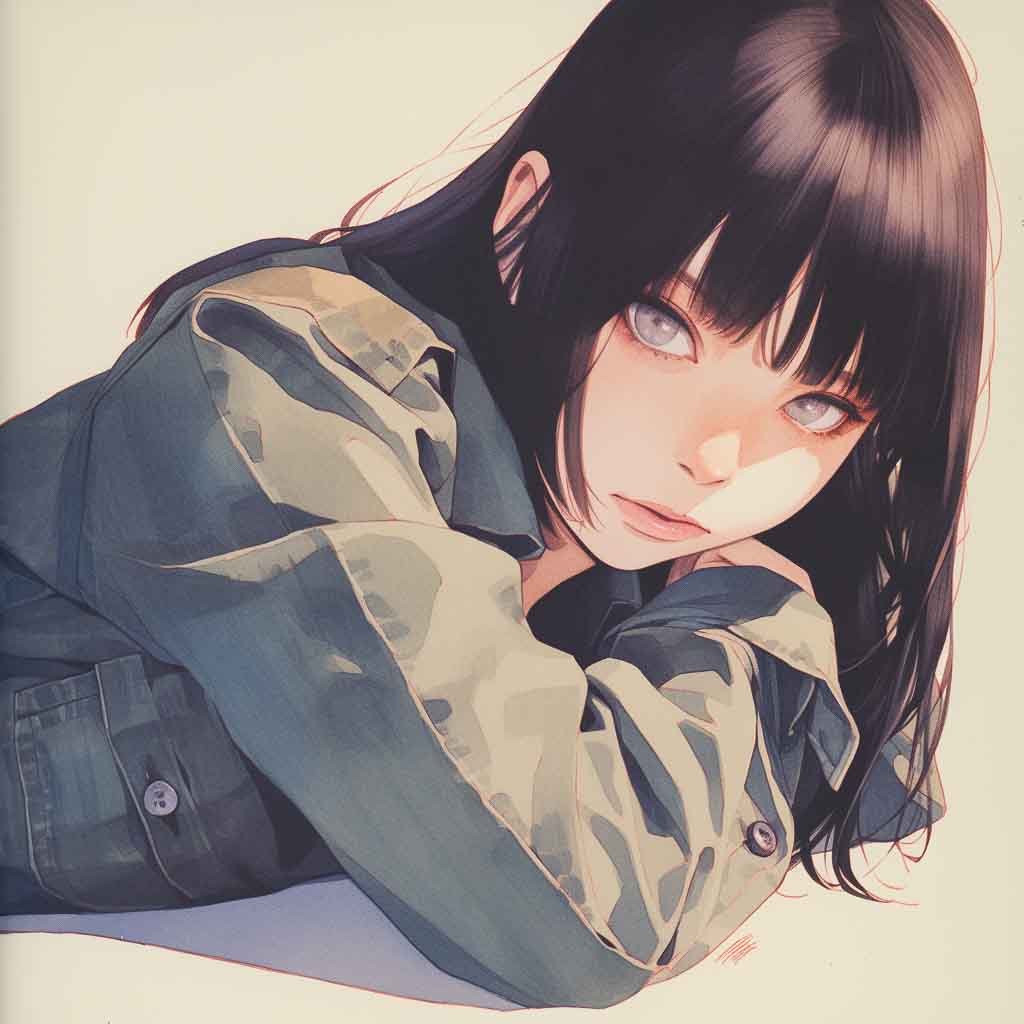
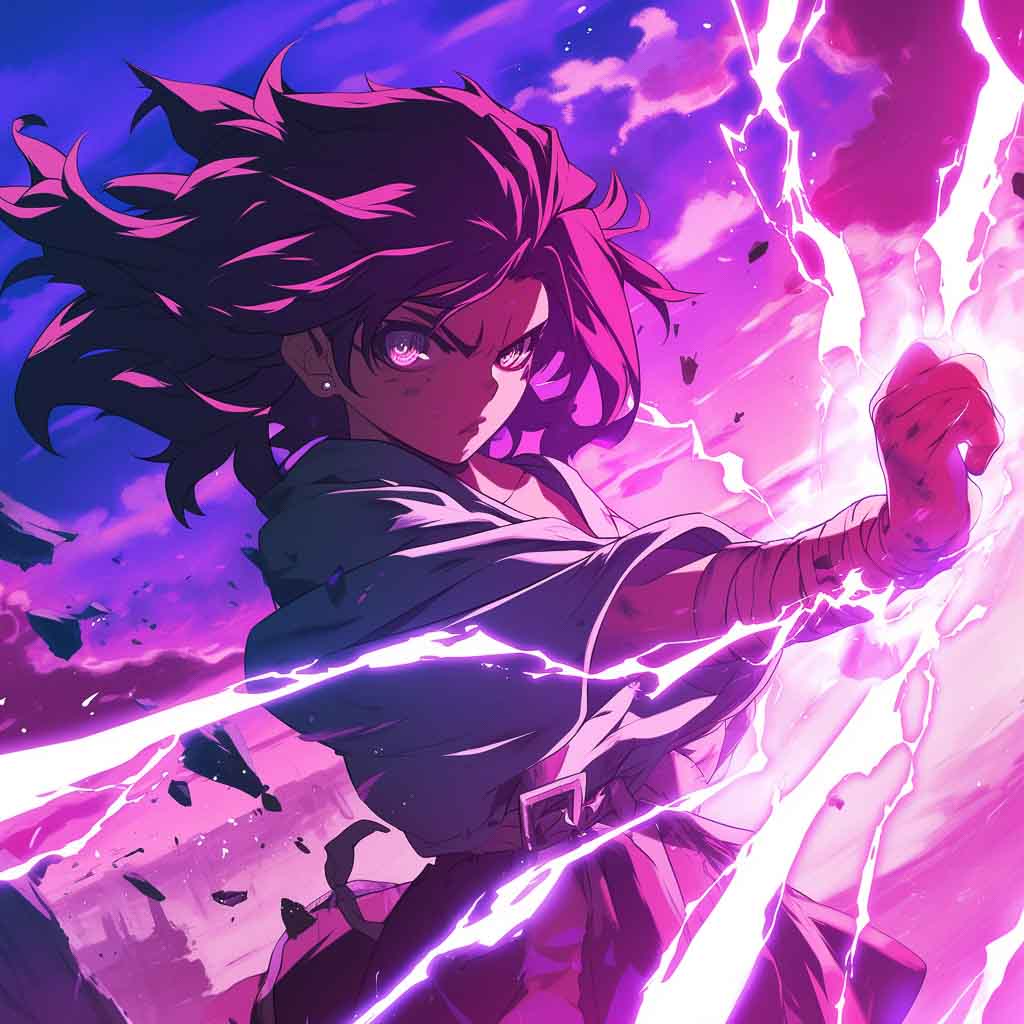
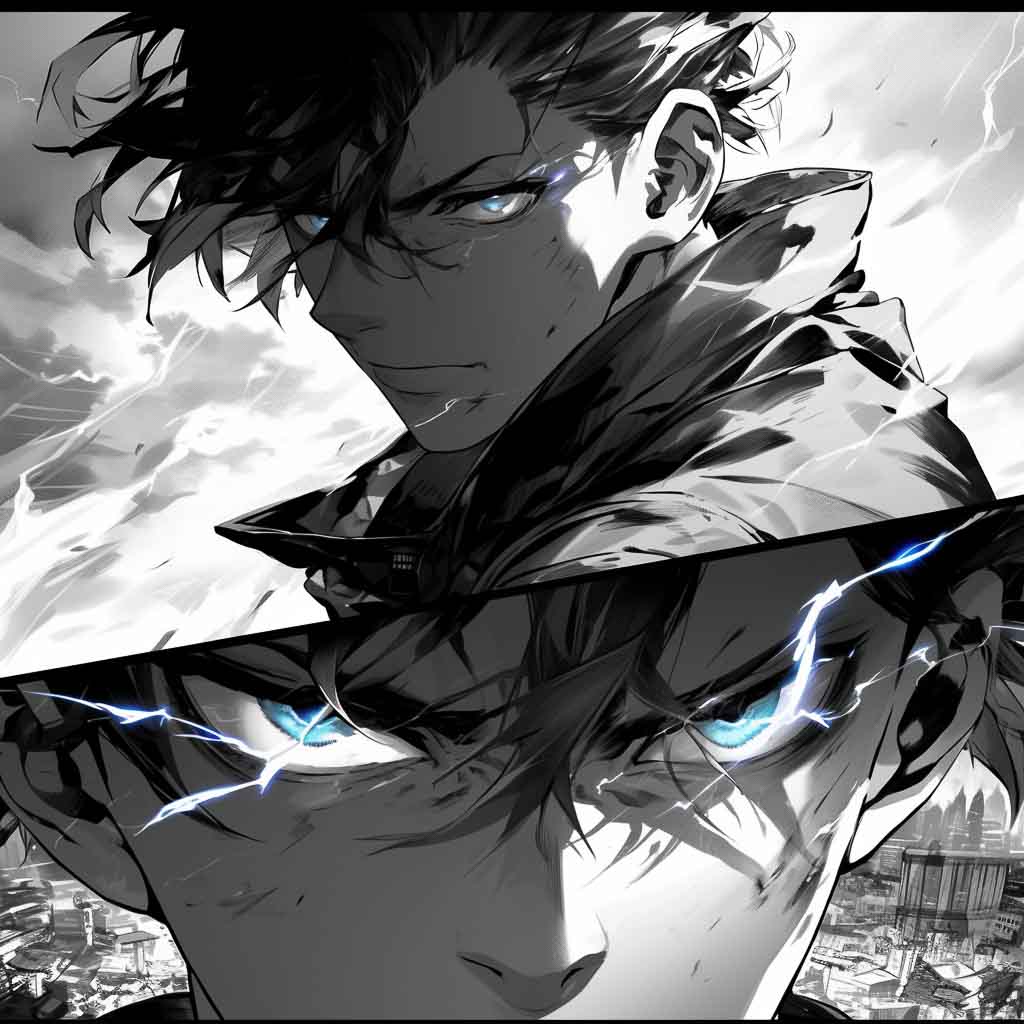
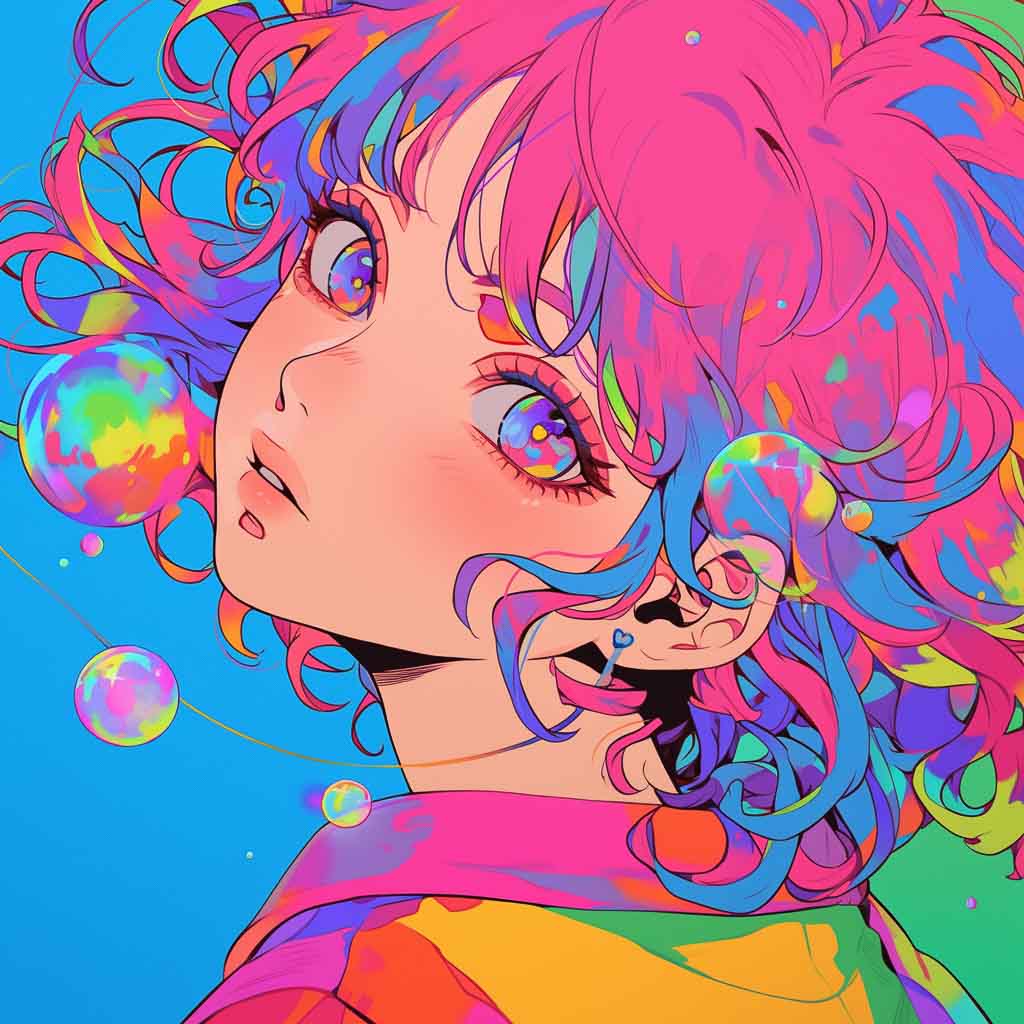
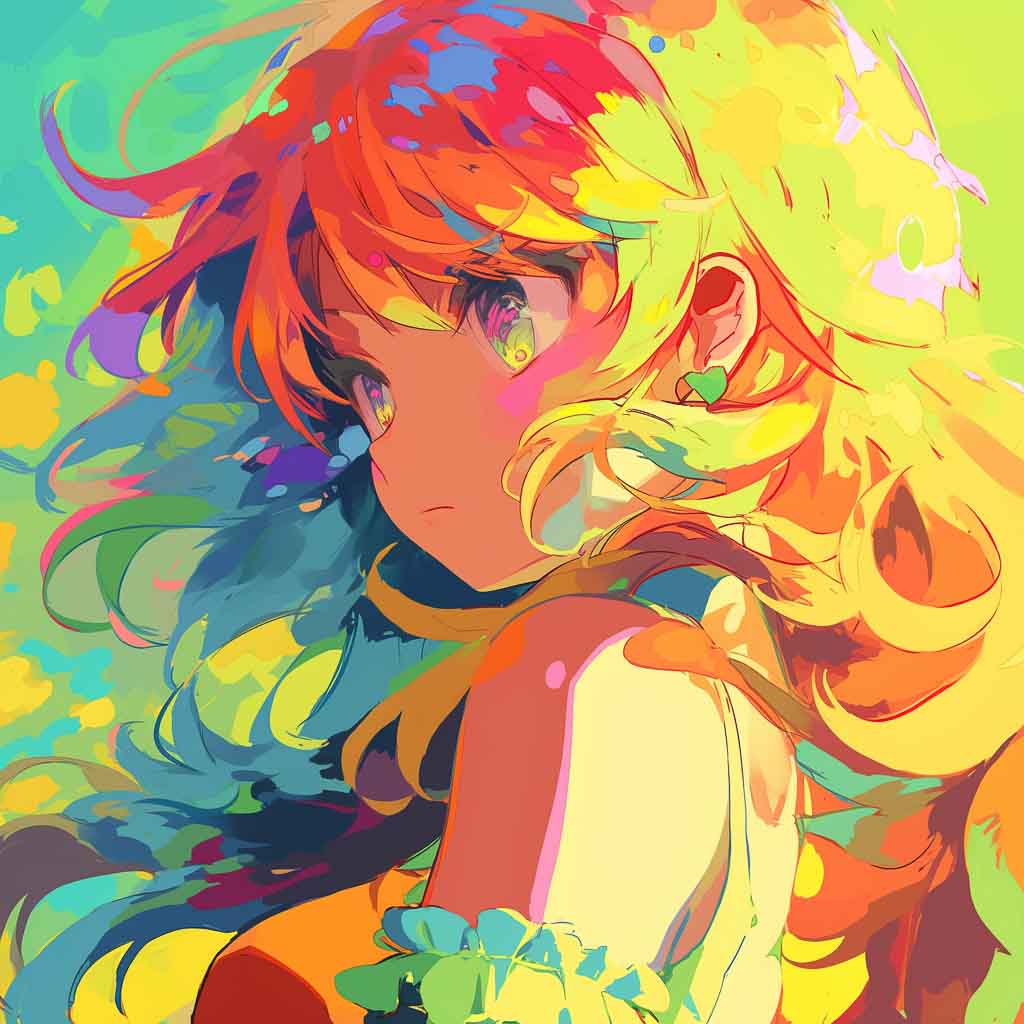



If you’re looking for a detailed tutorial on coloring a manga, Grecia has put out a great video on her methods using Procreate.
Special Considerations for Manga Coloring
Backgrounds and Environments
Coloring backgrounds requires a balance. They should complement, not compete with, the main subjects. Artwork focusing on this balance can demonstrate effective background coloring. A simple background fill or gradient with the right shades and hues will make your character pop without too much effort.

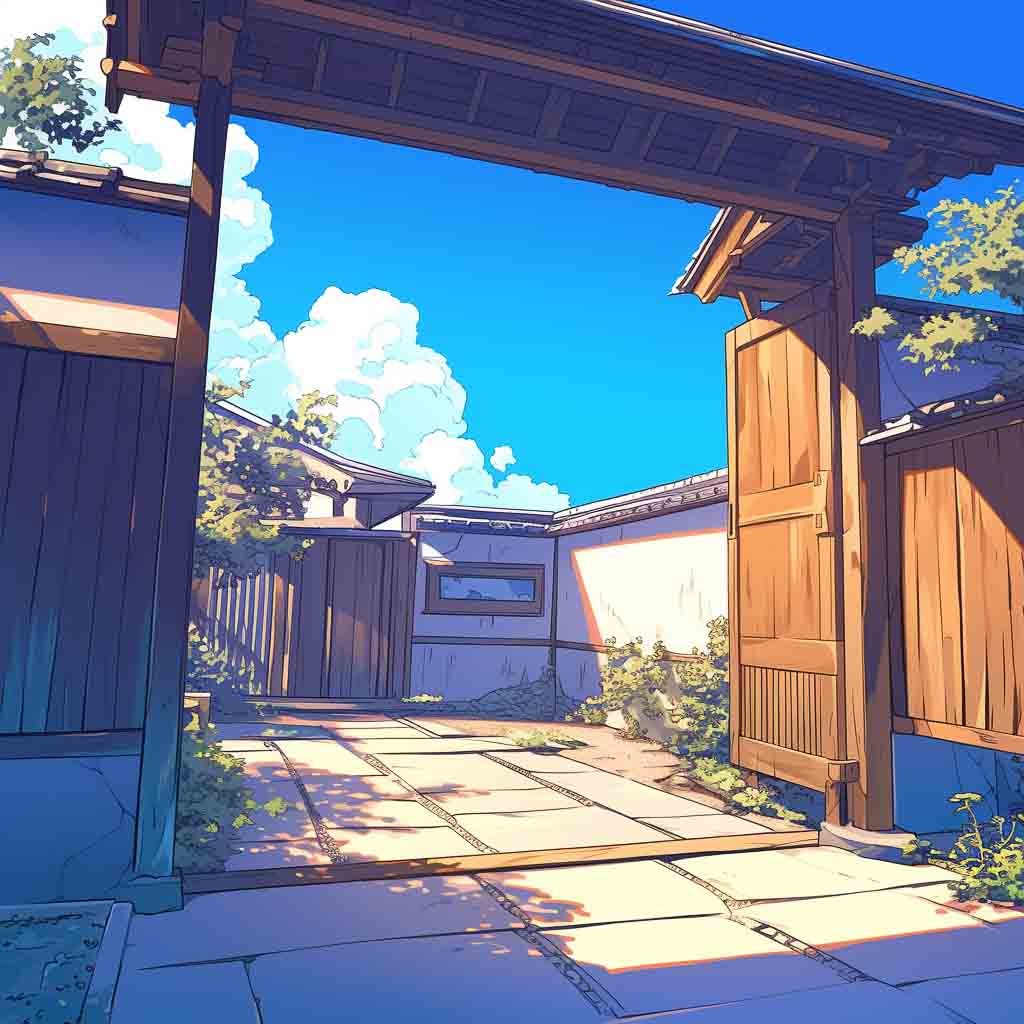

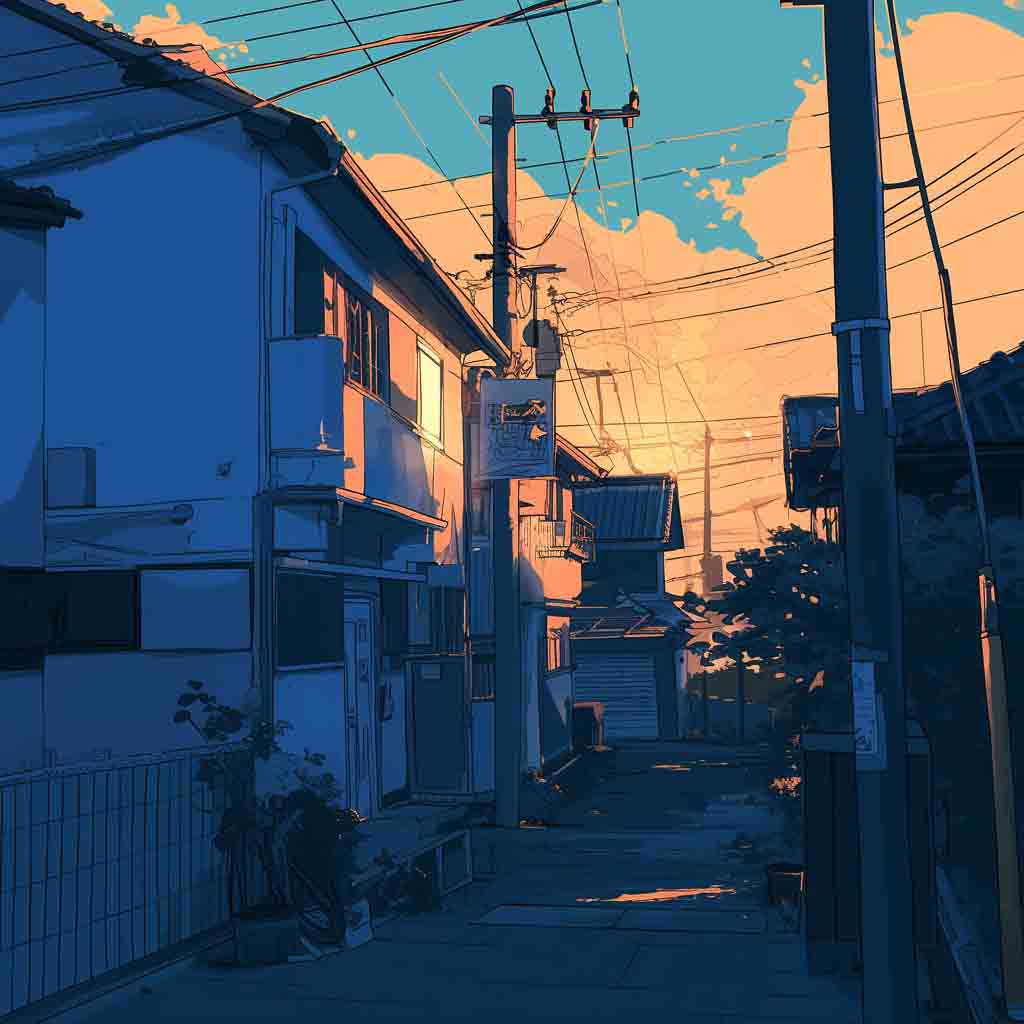
Finalizing and Polishing Your Colored Pages
Reviewing and Adjusting Colors
After coloring, review your work. Adjust colors for harmony and contrast where necessary.
Adding Special Effects
Finally, add highlights, glows, and other effects to make your pages pop. Demonstrating these effects on a manga panel can show readers how to bring their scenes to life.
Keep Practising!
How to color manga pages is a journey of learning and experimentation. This guide has outlined the steps and techniques to help you master this art form. Remember, practice makes perfect, and don’t be afraid to try new things.
Now that you’ve learned about manga coloring, why not share your creations online? Join forums or social media groups dedicated to manga art. For more tips and tutorials, keep following our news. Your next masterpiece is just a page away.
If you enjoyed these pages then you will also enjoy other manga pages in our catalogue:
